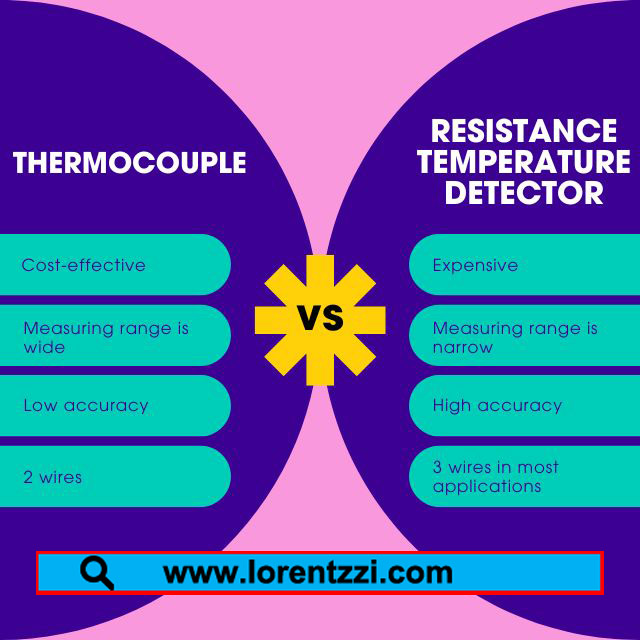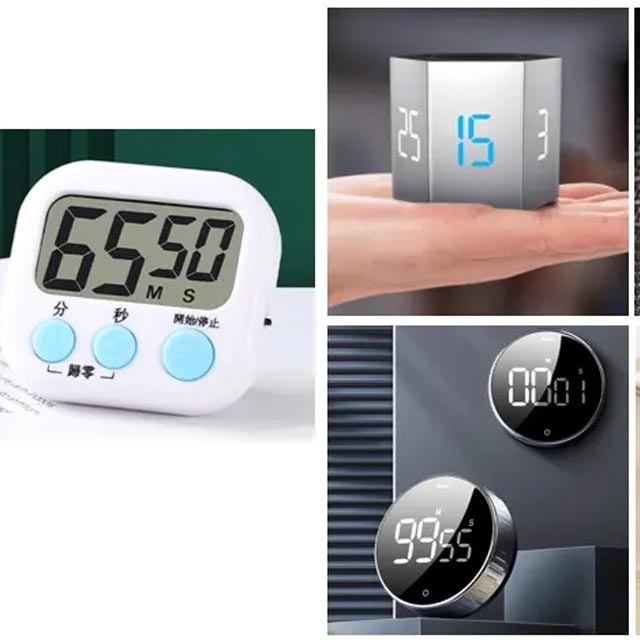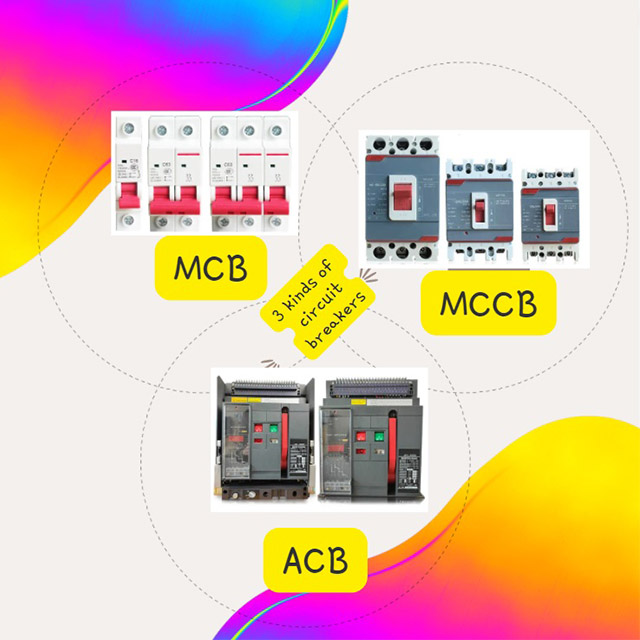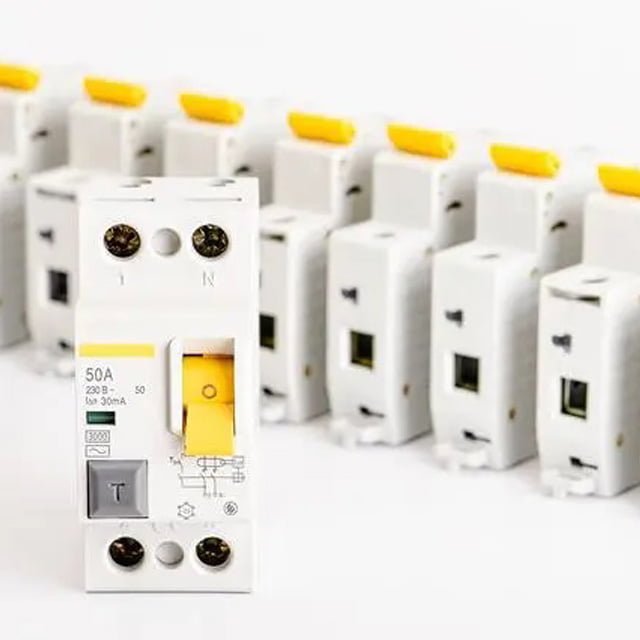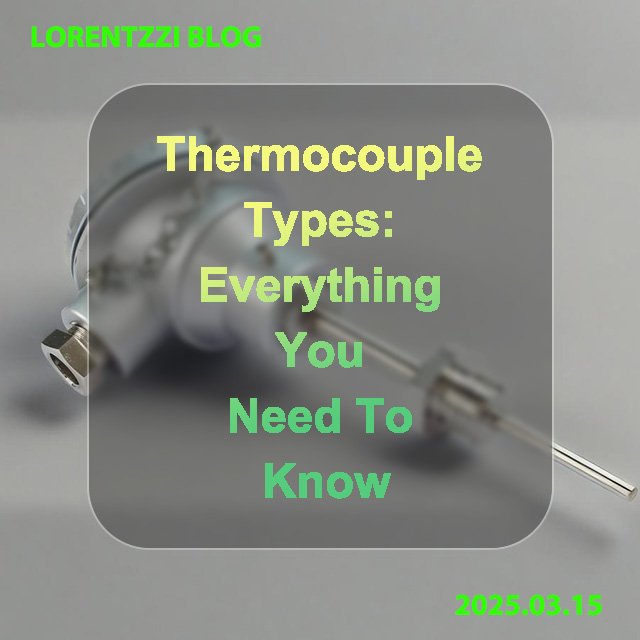ETL Vs UL: 7 Differences You Must Know
If you live in North America now, you will find that most of your home appliances are printed with ETL or UL marks like following: Both of these marks prove that the product is certified by UL or ETL related laboratories. So what are ETL and UL? What are the differences between them? How to […]
ETL Vs UL: 7 Differences You Must Know Read More »


